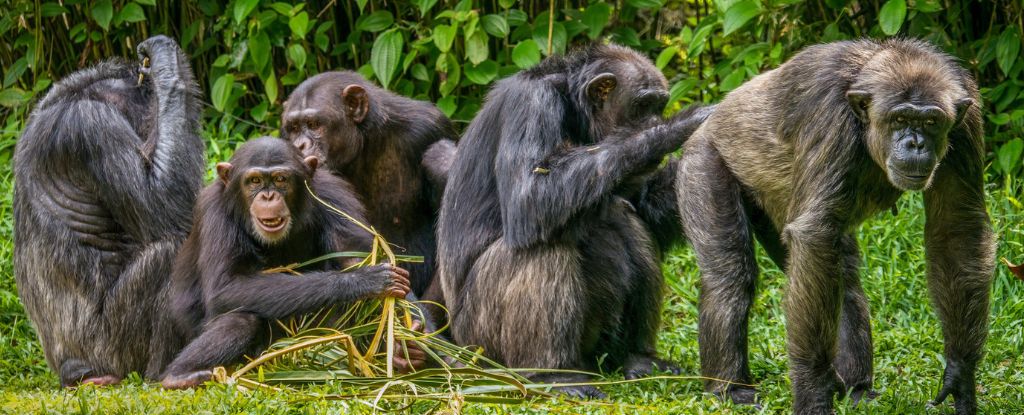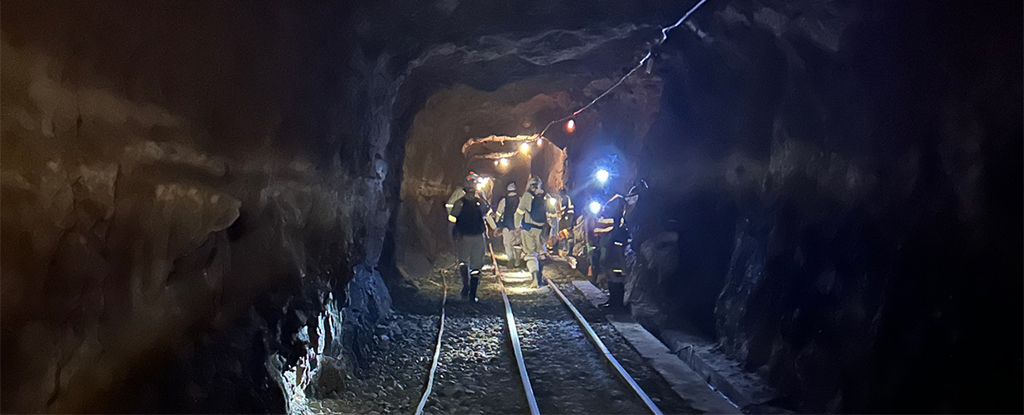Like an infectious smile or a mirrored yawn, peeing may be a socially contagious behavior that is overlooked and potentially widespread among primates.
A study of 20 captive chimpanzees (Pan troglodytes) has now found that when one individual lets go of their bladder, others are quick to follow suit – especially if the chimp urinating is a group leader within arm’s length.
It’s the first time that scientists have quantified the social dimensions of urination, and the findings suggest that synchronized peeing has the potential to influence community cohesion, like infectious grooming or play.
Even in our own species, it’s common for people to visit the bathroom in groups. You might not think about it all that much, but we make active decisions every day about when it is socially appropriate and physically safe to go pee.
“An Italian proverb states, ‘Whoever doesn’t pee in company is either a thief or a spy’, while in Japanese, the act of urinating with others is referred to as ‘Tsureshon’,” says primatologist Ena Onishi of Kyoto University.
“Our research suggests that this phenomenon may have deep evolutionary roots. We found that chimpanzees, our closest relatives, tend to urinate in response to the urination of nearby individuals.”
The research was conducted at the Kumamoto Sanctuary in Japan, among four groups of chimps, including 16 males and 4 females.
Observing the chimps for a total of 604 hours, the team at Kyoto University calculated the number of synchronized pees by tallying all urinations that occurred within 60 seconds of each other.
Onishi and colleagues then tried to figure out why the chimps were peeing around the same time and not randomly. Perhaps it had something to do with when the animals were fed or let outside, for instance.
When the chimps were physically closer to each other, within three meters, researchers found the animals were more likely to follow the urination of others.
This supports the notion of socially contagious urination. But the team still had some questions. For instance, were social relationships between the chimps impacting their choice to pee?
The authors found individuals that groomed each other more often were not more likely to pee with each other. But unexpectedly, if a chimp that was higher in the dominance hierarchy started to pee, those with a lower status were more likely to follow suit.
“We were surprised to discover that the contagion pattern was influenced by social rank,” Onishi explains.
“Since there were no prior studies on contagious urination in any species, we drew parallels to contagious yawning, another semi-voluntary physiological behavior. Based on this, we initially expected that any social influences might resemble those seen in yawning – such as stronger contagion between socially close pairs. However, our results showed no evidence of effects related to social closeness. Instead, we observed a clear influence of social rank, with lower-ranking individuals being more likely to follow the urination of others.”
frameborder=”0″ allow=”accelerometer; autoplay; clipboard-write; encrypted-media; gyroscope; picture-in-picture; web-share” referrerpolicy=”strict-origin-when-cross-origin” allowfullscreen>
In a paper from 2020, some researchers noted that very little attention has been paid to how the social environment influences human and animal urination, despite the important roles this behavior could play in community hygiene and cohesion.
“This was an unexpected and fascinating result, as it opens up multiple possibilities for interpretation,” says primatologist Shinya Yamamoto of Kyoto University.
“For instance, it could reflect hidden leadership in synchronizing group activities, the reinforcement of social bonds, or attention bias among lower-ranking individuals. These findings raise intriguing questions about the social functions of this behavior.”
The study was published in Current Biology.





